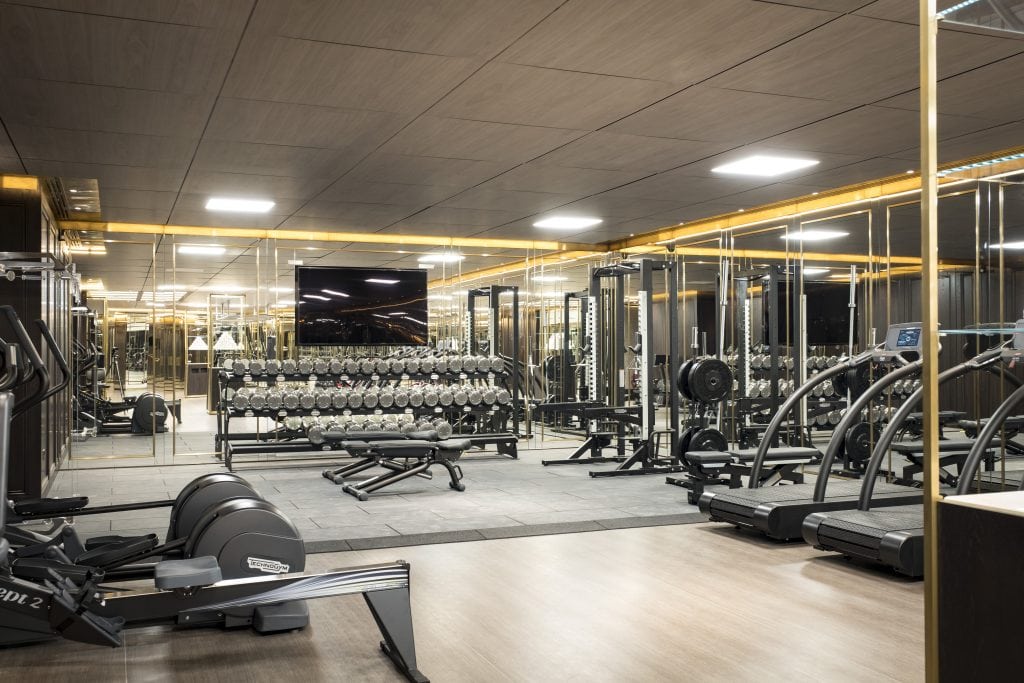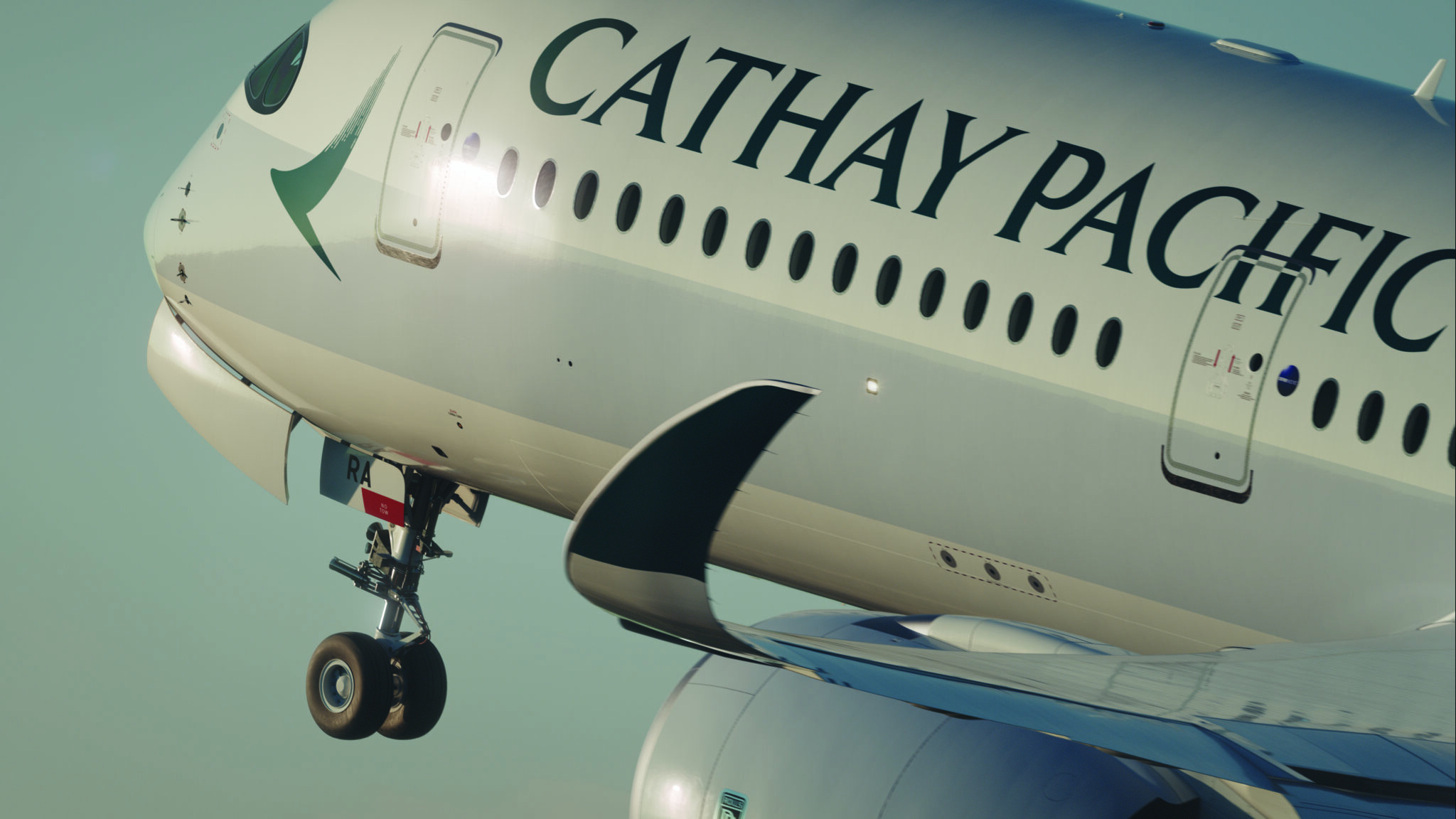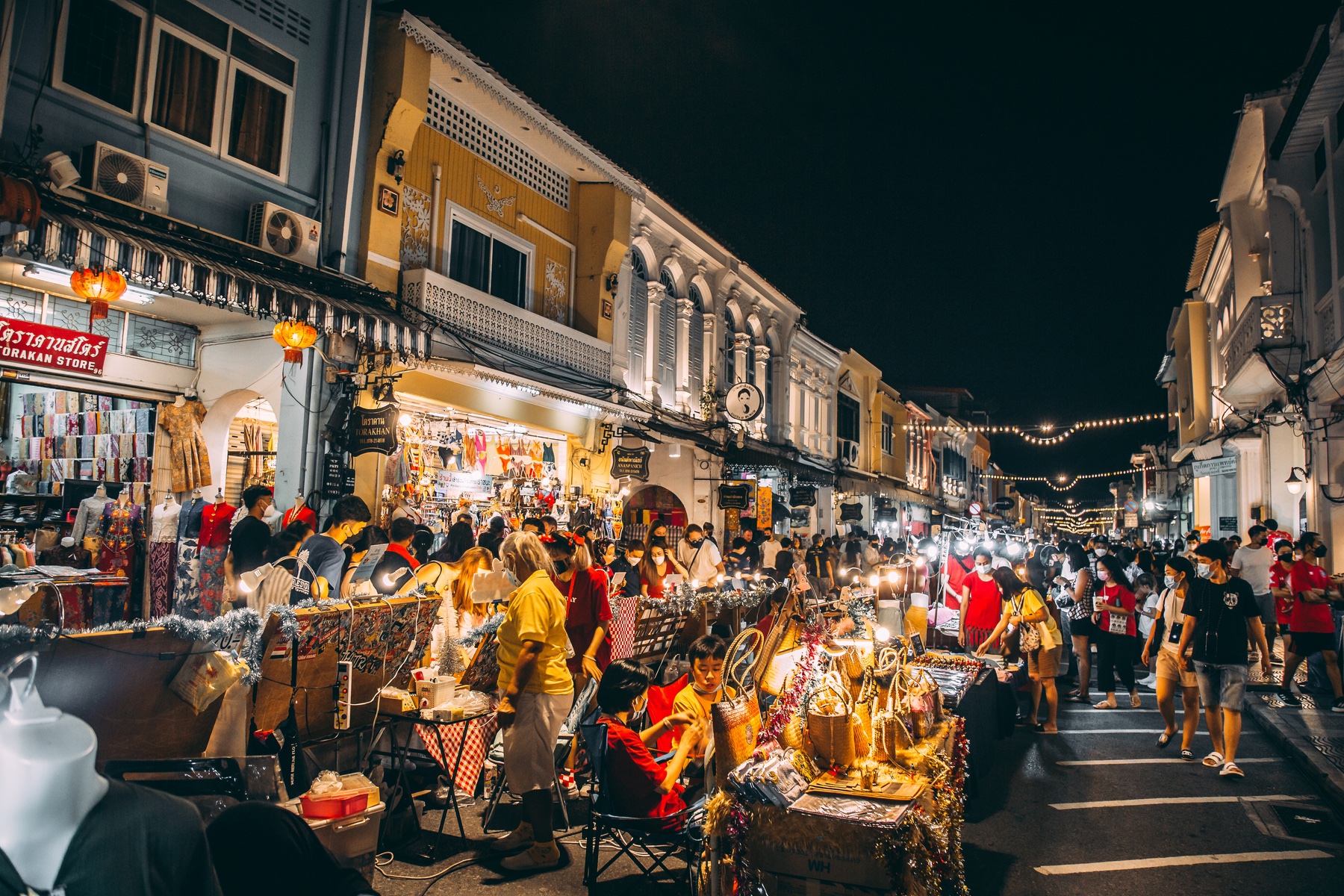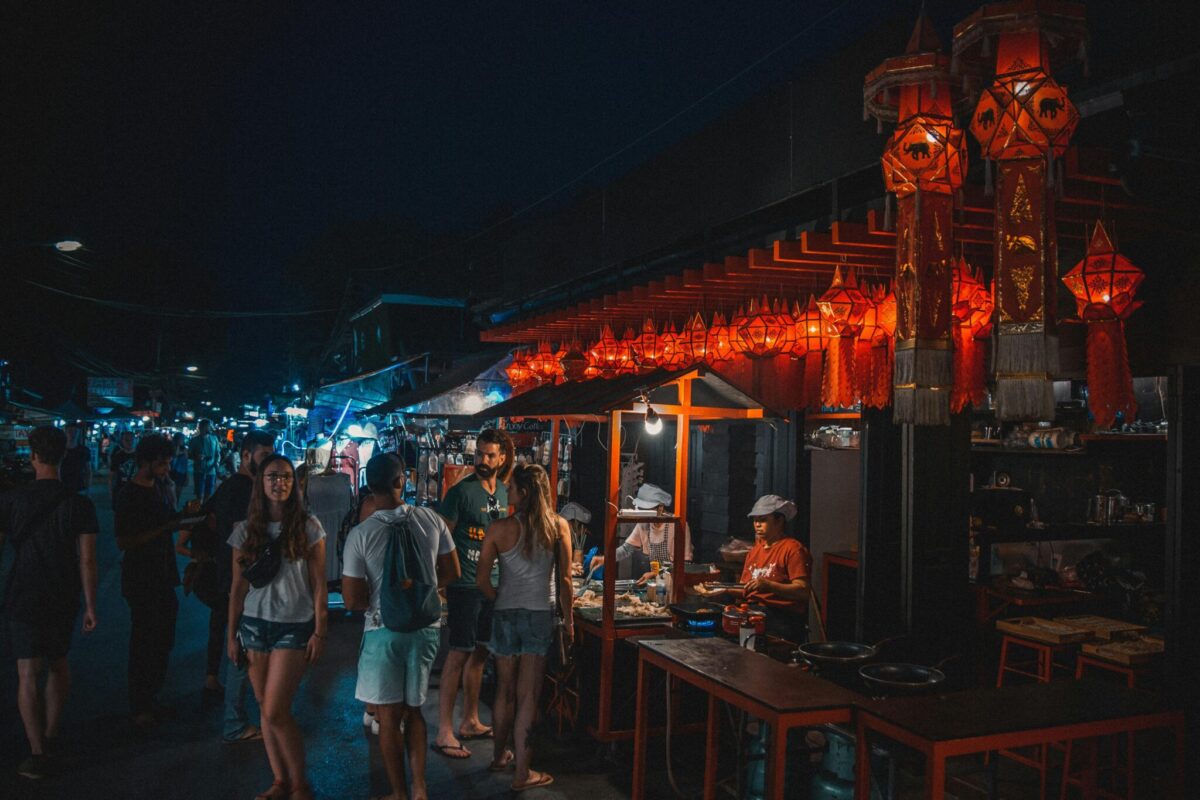What's Missing in Wellness Hospitality?

Skift Take

On Experience
Colin Nagy is a marketing strategist and writes on customer-centric experiences and innovation across the luxury sector, hotels, aviation, and beyond. You can read all of his writing here.Wellness is a hot topic in hospitality right now. Walk into most five-star hotels, and the gyms are first-rate, with spas offering thoughtful, nuanced treatments and room service menus calibrated not for late night gluttony, but for maintaining nutrition on the road. Equinox is opening their first hotel, and brands like Westin are wrapping their brand positioning around the concept.
On a deeper level, hotels like the Lanesborough in London are combining the ultra-high-end wellness members club approach and hotel in one unique concept. They've taken the old British notion of members clubs and calibrated it around 360-degree wellness, touching on nutrition, fitness, skincare, and recovery. It is a far cry from the aged whiskey and dark club chair institutions of old. Six Senses, the five-star hotel brand, is
said to be developing its own wellness-focused membership club, to debut in New York in
2020.
Health is both a moneymaker, but also an aesthetic halo: treatments and programs often serve as marketing eye candy creating dazzle and allure, like the pool and spa at the Park Hyatt New York. It makes you want to stay at the hotel.
To be sure, wellness is a multi-faceted area with many moving parts, but what are the missed opportunities? What are the bleeding edge ideas that haven't been properly manifested in at scale?
There's an interesting convergence of trends: the much vaunted millennial luxury traveler is more interested in wellness than ever before, perhaps more so than knocking off Michelin Stars from their wishlist. At the same time, their stress and cortisol levels are off the charts, and digital fragmentation and the tech-enabled nonstop work cycle is adding up. Added to this is the ability to quantify health on devices in ways that haven't been possible before.
Harry Jameson, 36, is a performance coach and trainer, columnist for The Times of London, and frequent consultant to the hospitality industry. For the past six years, he has analyzed clients' sleep quality, stress hormone production, and central nervous system activity, something that has become less of a rarity today.
The hospitality world seems to be catching up to the things that were outliers just a few years ago. "For too long gym and spas and been afterthoughts, and never properly looked at as key revenue drivers for hotels," said Jameson. "More and more we are seeing an integrated approach to hospitality and wellness." Jameson thinks there are some ripe opportunities as space continues to evolve.
1. Recovery
Hotel rooms are designed to make you spend. They aren't necessarily always a space for recovery. Rooms that are scientifically calibrated to offer the best nights sleep, with the purest air, in the most calming and soundproofed environment can be still be made better. Most of the current offerings seem to just scratch the surface and are more clever marketing than tangible application.
2. Looking beyond booze
A cold press green juice costs nine pounds sterling at Soho House London, the same cost as a gin and tonic. But most hotels are still very much focused on using the square footage to optimize for booze delivery. Are there ways to monetize square footage better by offering new approaches to wellness and healthy eating? Can a wellness-focused offering supplant the vice-as-moneymaker that has characterized most hotel offerings
Jameson asserts that hotels might need to look a little beyond just hard cash per visit. "We need to look at the types of long-lasting behaviors of the customers," he says. "What makes them come back time after time? What makes them customers refer friends? What adds satisfaction when leaving reviews? High levels of engagement in wellness activities do all of the above."
3. Not just luxury
Wellness doesn't need to be a luxury experience. Jameson asserts that "Meditation is free, the lack of blue light in a room is free, a TV-based yoga tutorial can be low-cost." Wellness doesn't need to be the preserve of the highest end hotels (though most of the innovation starts here); it can be an egalitarian thing that goes all the way down to budget-minded travelers for both leisure and business.
4. education, integration, AND RECOVERY
Education, programming, and quantification can go deeper into what is currently in the market. It is one thing to learn, it is another thing to stay on track, optimize performance, and have nutrition, and sleep and recovery advice all tied together. In addition, expect some of the scientific study happening for the ultra long-haul flights to make its way into hotels. Qantas has been working with the Charles Perkins Centre, a disease and lifestyle research institute at the University of Sydney, to optimize its ultra-long-haul service. The innovation coming here is interesting: Qantas has designed a menu for 16-hour flights complete with the use of tryptophan in certain protein-based foods to inspire sleep, in addition to light, humidity, and other factors. Sometimes ancient techniques work as well: Temple House in Chengdu has an anti-jet lag treatment with organic mints and herbs pulled from their herb garden and local Sichuan tea leaves to help get on the local schedule.
Who is doing wellness well?
The hospitality brands setting the stage for the future of wellness are The Lanesborough in London, Six Senses, Bvlgari's properties worldwide, Temple House in Chengdu, The Rosewood in London, and The BodyHoliday, Cariblue Beach, St. Lucia. Sometimes the tried and true works, sans excessive data and quantification. In this case, a timeless option is the Schloss Elmau in Germany. For a smaller, indie boutique option without attached hotel, it is worth keeping an eye on the emerging, U.S.-based skincare brand Heyday.




